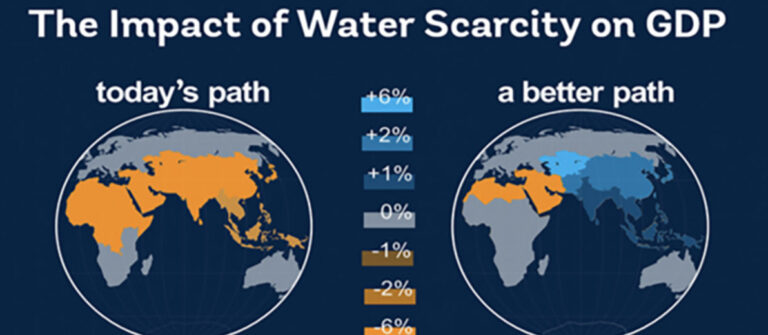The WMO (World Meteorological Organization) has stated that climate change impacts are affecting water availability and exacerbating the damages floods and drought cause worldwide. It feels climate-related water action is a key to bringing countries back on track to deliver the UN’s Sustainable Development Goal 6, to ensure access to water and sanitation for all and to sustain a healthy environment.
To further this goal, the WMO hosted a virtual diplomatic briefing in early July on plans for a Water and Climate Coalition, aimed at building momentum on water and climate action through implementing concrete activities at the national, regional and global levels. The task of the coalition is to bring together UN partners and members, donor governments, private sector, non-governmental organizations and financial institutions.
“The impacts of climate change are felt through water: through floods, drought, coastal inundation, melting of glaciers and forest fires,” WMO secretary-general Petteri Taalas told the briefing. “There is a need to invest more in disaster risk reduction, climate adaptation and resilience. Water stress is a global problem.”
The WMO said it is committed to strengthening flood and drought monitoring systems and to improving the exchange of hydrological data and information which is fundamental to decision-making.
The briefing was organized with the UN Environment Programme, UNESCO and UN-Water, and with the permanent missions of Finland, Germany and Tajikistan to the United Nations. It came one week ahead of the launch on July 9 of the UN-Water SDG 6 Global Acceleration Framework.
“The world is not on track to achieve the Sustainable Development Goal on water by 2030,” said Gilbert F Houngbo, UN-Water chair and president of the International Fund for Agricultural Development, addressing the briefing. He pointed out that the Covid-19 pandemic had highlighted how many millions of people lacked access to water even to wash their hands.
Reinforcing this point, UNEP executive director Inger Anderson stated, “Drought appears to be a co-traveler with fragility.” With growing water scarcity, it is projected that in future one in four children under the age of 18 – or 600 million – will be living in areas of extreme water stress.



